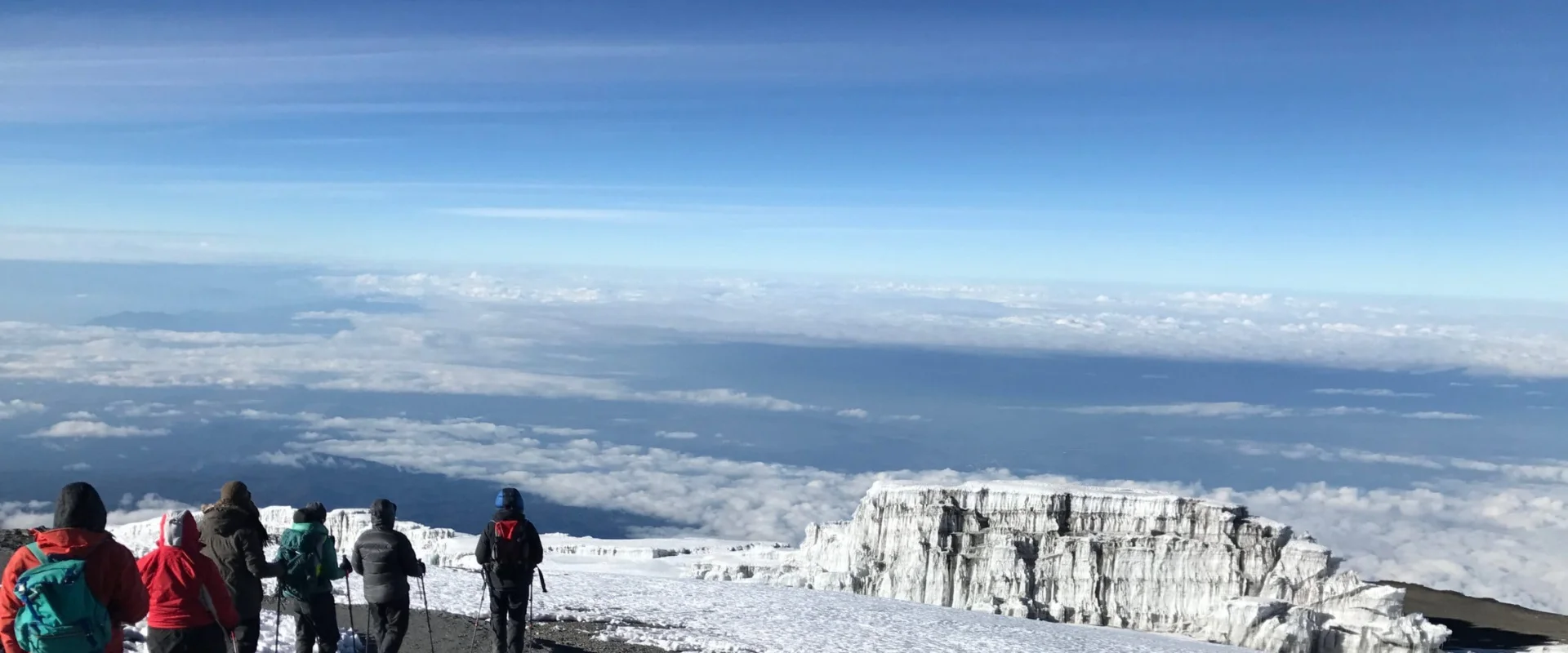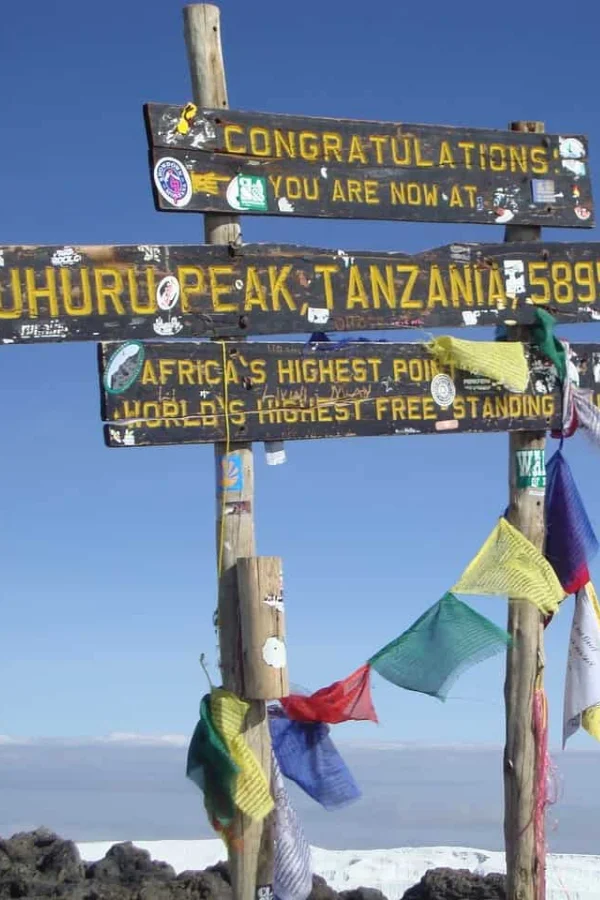How To Prepare For Mount Kilimanjaro Climbing:
Practice Hiking:
Hiking is a fundamental aspect of Kilimanjaro preparation. Start with shorter hikes and gradually increase the duration and elevation gain. This mimics the conditions of the climb and builds endurance. Include both uphill and downhill hikes to prepare for Kilimanjaro's varied terrains.
Weight Training:
Strength training, focusing on the legs, core, and upper body, is crucial for navigating the challenging landscapes of Kilimanjaro. Squats, lunges, and leg presses contribute to overall strength and stability. Incorporate weight training sessions two to three times per week.
Aerobic Training:
Improving cardiovascular fitness is paramount for Kilimanjaro climbers. Engage in aerobic exercises such as running, cycling, or elliptical training to enhance endurance. Aim for at least three to four sessions per week, gradually increasing intensity.
Strength Training: Building strength in key muscle groups is vital. Incorporate exercises that target the core, back, and lower body to improve overall stability. Strength training contributes to better balance and resilience on the mountain.
Mental Stamina: Climbing Kilimanjaro is not only a physical challenge but also a mental one. Practice mindfulness, positive visualization, and maintaining a strong mindset during training. Mental stamina is crucial for overcoming fatigue and staying motivated during the climb.
Final Tips for A Successful Kilimanjaro Climb
A successful climb is not just about reaching the summit but also about having a safe and enjoyable experience. So, here are some final tips to follow for a successful Kilimanjaro Climb:
- Stay Positive Maintaining a positive attitude can go a long way toward helping you overcome challenges during the climb.
- Keep yourself hydrated Consume enough water to avoid getting dehydrated, as it can intensify the effects of altitude sickness.
- Listen To Your Body Pay attention to how your body feels and communicate concerns or issues with your guide or fellow climbers.
- Take Breaks Resting and taking breaks can help you acclimate and conserve energy for the climb.
- Pack Smart Bring essential gear and pack as lightly as possible, but don't forget any crucial items.
- Follow The Guidelines Follow the guidelines and recommendations of your guide and tour operator to ensure a safe and successful climb.
Finally, proper Training For Kilimanjaro is just one piece of the puzzle. To fully experience the beauty and wonder of Kilimanjaro, you need to choose a reputable tour company that prioritizes safety and sustainability.
African Traces is dedicated team to providing top-notch services to climbers from all over the world. With our experienced guides, well-maintained equipment, and commitment to eco-friendly practices, we promise our guests the best-ever hiking experience.




A few months have passed, and I am still immersed in a happy and wonderful safari trip, with beautiful grasslands, lazy lions, and clever zebras... I am very grateful to the enthusiastic Marko, who planned based on my needs